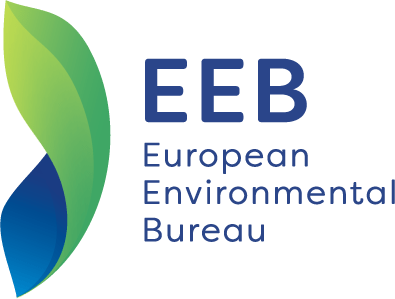Finance Sustainable Buildings
Built Environment accountability via blockchain technologies
Facilitator
Long term
Due to the complexity of the sector and the high transaction costs derived from asymmetric information, including the involvement of multiple stakeholders, blockchain allows for efficient coordination between them. This informational system would be able to reduce the emissions generated by the misallocation of resources, especially those related to indirect activities.
For this purpose, funding fintech initiatives aiming at introducing block-chain technologies to drive data transparency within the building sector must be enhanced.

Socioeconomic impacts
From a business perspective, it would improve contract management and transparency as every contract would be recorded in the chain. This allows, for instance, for any validated user to check the situation of that contract and trace all the required payments attached to it.
Currently low due to the fact that the development and implementation of this technology are still in their first steps.
Related to
Blockchain allows for instant sharing of information between users. When applying this concept to the built environment, this technology would reduce embodied emissions resulting from the misallocation of resources during the entire cycle of life of the building. Communication failures trigger efficiency losses in the building sector that contribute to increased embodied emissions. In this sense, blockchain would avoid these misallocated resources derived from production and transportation stages, reducing the impact generated. This entire process would allow reducing emissions caused by externalities during the decision process. Once the construction process is over, these “smart” buildings would be able to use these automations provided by the blockchain in order to analyze air quantity, monitoring energy use and occupancy.



